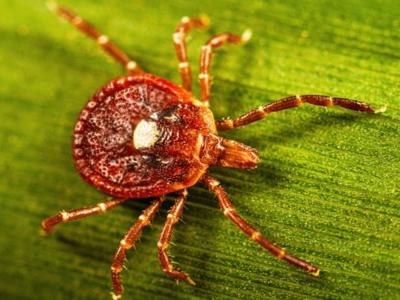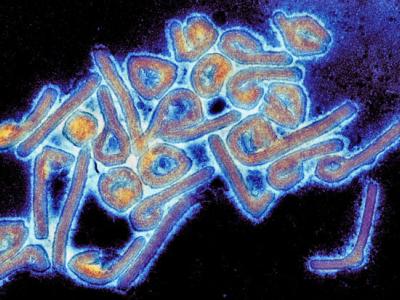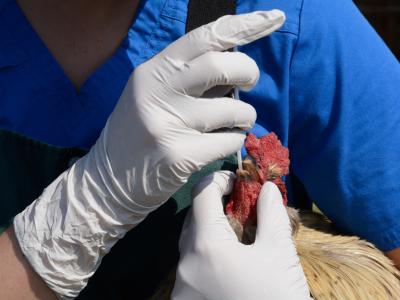
Chronic wasting disease (CWD) has spread to another elk-hunting area in Wyoming, the state's game and fish department reports.
An adult female elk in Elk Hunt Area 116 tested positive for the fatal neurologic infection, marking the area's first case. The hunting area, located in the Casper region in the northeast corner of Wyoming, 116 borders Elk Hunt Areas 117 and 129, which had detections in 2008 and 2020, respectively.
Area 116 is part of the Black Hills Elk Herd, which includes hunting areas 115, 117, and 1, the latter of which has been CWD-positive since 2020.
Hunters asked to submit samples in affected areas
CWD, which spreads via infectious misfolded proteins called prions, affects cervids such as deer, elk, and moose.
Continued monitoring of CWD over time is important to help Game and Fish understand the potential impacts of the disease, as well as evaluate future management actions.
"Continued monitoring of CWD over time is important to help Game and Fish understand the potential impacts of the disease, as well as evaluate future management actions," the news release said. "Hunters can assist in data collection by submitting free samples for CWD testing when hunting in priority or mandatory CWD testing areas."












